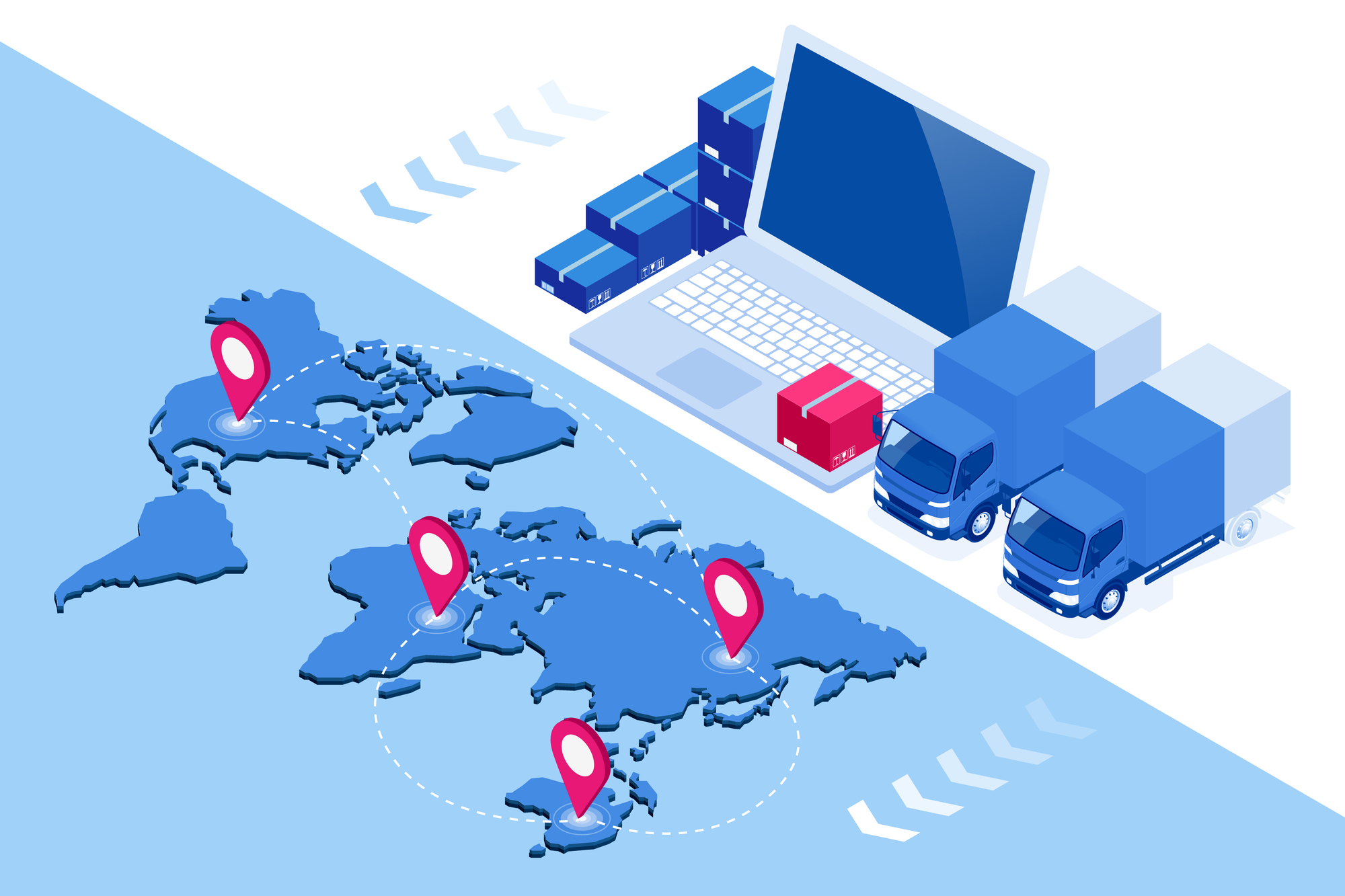Facility management has evolved from a manual, labor-intensive process to a streamlined, automated system thanks to advanced facility management solutions. These systems integrate various functions into a cohesive platform, optimizing operational efficiency and reducing costs. Integrating procurement systems with work order management (WOM) and parts management can revolutionize your facility operations, ensuring seamless maintenance, efficient asset management, and enhanced service delivery for multi-site facilities and mid-market industrial manufacturers.
The Essentials of Facility Management Software for Multi-Site Operations
Facility management software helps managers handle daily tasks more efficiently across multiple sites. These tasks include:
- Maintenance Management: Automates the scheduling and tracking of preventive and corrective maintenance tasks.
- Asset Management: Tools for tracking and managing physical assets, ensuring they are properly maintained and utilized.
- Work Order Management (WOM): Centralizes the process of creating, assigning, and tracking work orders to ensure prompt resolution of issues.
- Space Management: Assists in planning and optimizing the use of available space within the facility.
- Energy Management: Monitors and optimizes energy consumption to reduce costs and improve sustainability.
It’s clear that these systems all work towards a common goal—managing the facility. However, what’s often missing are the parts that maintenance technicians need to complete their jobs. Asset registers may lack the bill of materials for critical and regular maintenance parts. Work order completion can be delayed due to lead times for necessary parts. Integrating these elements into a unified platform would provide powerful oversight and control.
The Role of Integrated Procurement Systems
One of the key advancements in facility management is the integration of procurement systems with maintenance and work order management (WOM). Traditional WOM systems focus on task tracking and assignment, but integrating procurement enhances their effectiveness by addressing the critical issue of parts and materials procurement.
Benefits of Integrated Procurement:
- Eliminating Procurement Inefficiencies: Streamlines the procurement process by providing direct access to a comprehensive parts catalog within the software, reducing delays.
- Enhanced Technician Productivity: Allows technicians to quickly find and order required parts through an integrated, user-friendly interface.
- End-to-End Visibility: Offers comprehensive oversight into the maintenance process, enabling facility managers to track parts used for repairs, monitor labor costs, and maintain thorough documentation.
To optimize Maintenance, Repair, and Operations (MRO) as a strategic supply chain, procurement organizations must adopt integrated parts management. This approach ensures that parts procurement aligns seamlessly with maintenance and facility management processes, driving significant improvements in efficiency and cost-effectiveness.
Enhancing Facility and Plant Maintenance with Integrated Parts Management
Integrated Parts Management (IPM) builds on the foundation of integrated procurement systems. It is an end-to-end parts management program that aligns with plant and facility maintenance strategies, addressing and optimizing the often neglected 20-30% of your annual budget dedicated to parts and materials.
The digital supply chain approach to parts management provides several key benefits:
- Data Transparency and Workflow Visibility: Enhances control and predictability in demand through improved data transparency.
- Maintenance Productivity: Increases productivity and wrench time by up to 20%.
- Cost Reduction: Lowers the total cost of ownership for parts and materials by more than 10%.
- Accessibility for Technicians: Enables both in-house and third-party technicians to efficiently find and purchase parts for preventive and reactive maintenance.
Leveraging AI and Predictive Maintenance for Multi-Site Facilities
Artificial Intelligence (AI) and the Internet of Things (IoT) are revolutionizing facility management by providing advanced capabilities in data analysis, decision-making, and automation. AI-driven predictive maintenance and automated parts management systems streamline processes, reduce manual intervention, and improve cost efficiency for multi-site facilities and industrial manufacturers.
Conclusion
There are many facility management software options available, but the true power lies in the ability to link your enterprise resource platforms and procurement systems to your computerized maintenance management and work order management systems. Supporting these systems with integrated parts management ensures they work together seamlessly. When procurement, work order management, and parts management are integrated, your facility management operations achieve optimal efficiency and effectiveness.
Ready to transform your facility management processes? Download our Ultimate Facility Management Software Guide to explore how integrated solutions can streamline your operations, enhance efficiency, and drive cost savings. Don’t miss the opportunity to revolutionize your facility management—get your guide today!





